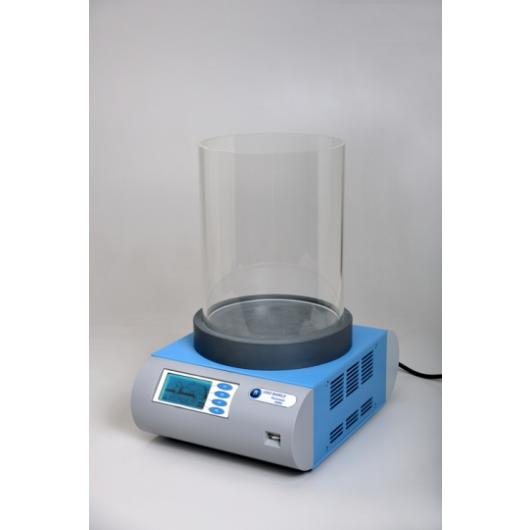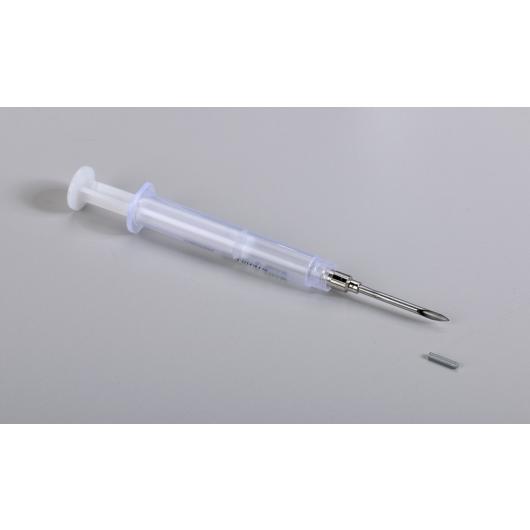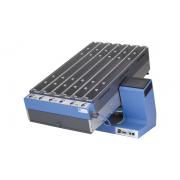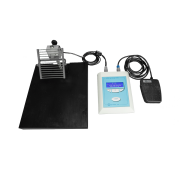

Rotometer for recording of rotation activity in unrestrained mice
Features
- New circular design, ID 45cm, OD 57cm
- Thermal Insulated Ring-shaped Aluminum Runway
- Heater and cooler on opposite sides, to establish a symmetric gradient
- 12 zones per side (specular), 40cm2 each
- 4 thermocouples embedded in the thermal gradient ring
- CCD-camera (included in the standard package, with its dedicated support) and ANYmaze video-tracking software
- The system includes a set of 4 dual (visible/I.R.) lights
Benefits
- Duplicate values, no border effects, no spatial cues
- More sensitive than previous methods: bias-free, reproducible data
- Gradient setup superior to two-plate choice design
- Temperature Δ proportionally divided into 12 (in the method paper 15°C-40°C = 2.27°C per zone)
- The exact temperature gradient measured in real time
- Behavior recorded automatically during 60 minutes
- Ideal for videotracking: perfect view even in the dark
Application
"Currently available behavioral assays to quantify normal cold sensitivity, cold hypersensitivity and cold hyperalgesia in mice have betimes created conflicting results in the literature. Some only capture a limited spectrum of thermal experiences, others are prone to experimenter bias or are not sensitive enough to detect the contribution of ion channels to cold sensing because in mice smaller alterations in cold nociception do not manifest as frank behavioral changes. To overcome current limitations we have designed a novel device that is automated, provides a high degree of freedom, i.e. thermal choice, and eliminates experimenter bias. The device represents a thermal gradient assay designed as a circular running track. It allows discerning exploratory behavior from thermal selection behavior and provides increased accuracy by providing measured values in duplicate and by removing edge artifacts. Our custom-designed automated offline analysis by a blob detection algorithm is devoid of movement artifacts, removes light reflection artifacts and provides an internal quality control parameter which we validated. The assay delivers discrete information on a large range of parameters extracted from the occupancy of thermally defined zones such as preference temperature and skew of the distribution. We demonstrate that the assay allows increasingly accurate phenotyping of thermal sensitivity in transgenic mice by disclosing yet unrecognized details on the phenotypes of TRPM8-, TRPA1- and TRPM8/A1-deficient mice."
From "Comprehensive thermal preference phenotyping in mice using a novel automated circular gradient assay".
-
Z. Winter, P. Gruschwitz, S. Eger, F. Touska and Katharina Zimmermann: "Cold Temperature Encoding by Cutaneous TRPA1 and TRPM8-Carrying Fibers in the Mouse" Front. Mol. Neurosci., 30 June 2017 , https://doi.org/10.3389/fnmol.2017.00209
Method paper
-
F. Touska Z. Winter, A. Mueller, V. Vlachova, J. Larsen and Katharina Zimmermann: "Comprehensive thermal preference phenotyping in mice using a novel automated circular gradient assay" Journal Temperature, Volume 3, 2016 - Issue 1




